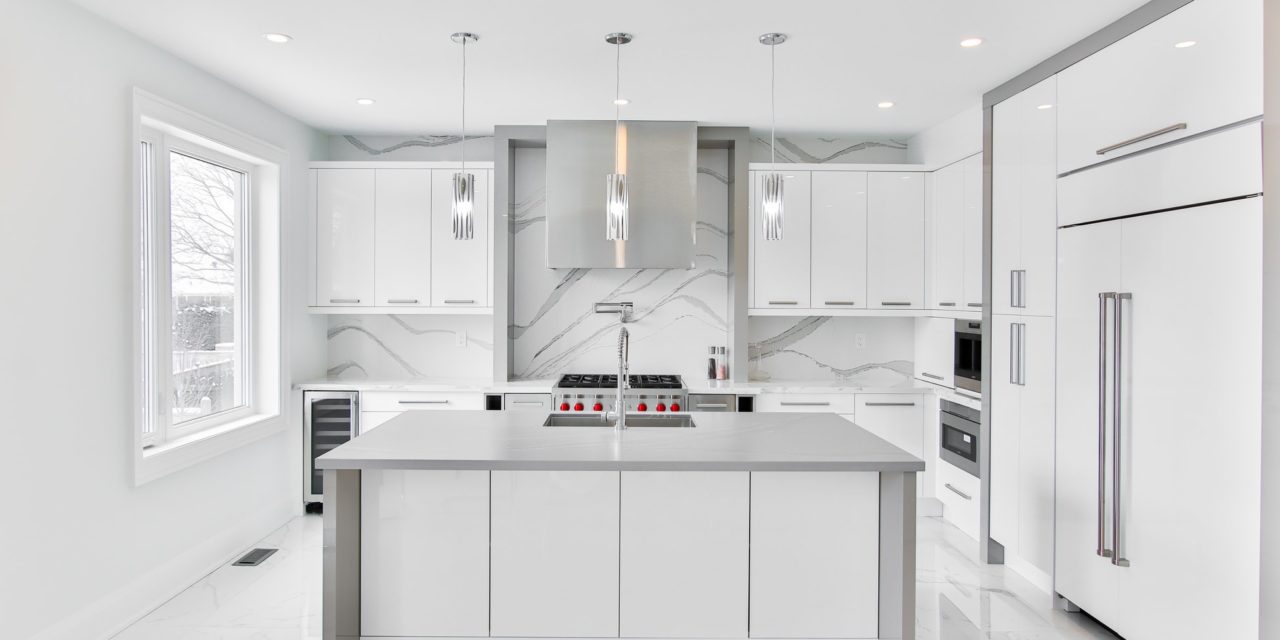[ad_1]
If your kitchen isn't living up to your expectations, give it a makeover for convenience and pizazz using the steps below.
- Take stock of your kitchens purpose. Is it for cooking, baking, eating, and storing food? If so, move all the items that are unrelated to the purpose of your space (such as papers, magazines, tools, etc.) to other, more appropriate rooms of your home.
- Identify the major categories of items to be kept in your kitchen. For example:
- Cookware – skillets, saucepans, stew pots, and lids.
- Bakeware – cookie sheets, pie pans, cake pans, and muffin pans.
- Appliances – coffee maker, toaster, food processor, bread machine, and mixer.
- Kitchen tools – vegetable peeler, egg slicer, thermometer, cork screw, manual can opener, box grater, cutting board, rolling pin, strainer, and sifter.
- Utensils – spoons, forks, spatulas, tongs, whisks, pastry brush, and grilling utensils.
- Dinnerware, glassware and flatware – plates, bowls, cups, glasses and silverware.
- Pantry items – spices, herbs, dry goods (flour, noodles, etc.), canned and bottled items (soups, Worcestershire sauce, etc.), and vinegar and oils.
- Refrigerator and freezer items.
- Cook books.
- Under the sink items – waste basket and cleaning products.
- Pull out cabinet organizers make it easy to keep like things together and provide easy access to items in the back of your cupboard. (Available at many home improvement stores.)
- Steel expanding shelves double space in your shelf area. (Available at Bed, Bath and Beyond.)
- Wall rack systems free up counter space and make it easier to grab needed utensils when cooking. (Available at Stacks and Stacks, IKEA or home improvement stores.)
Please check back soon for the next installment of the Decluttering Blueprint.


